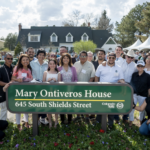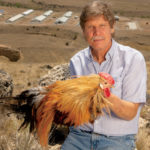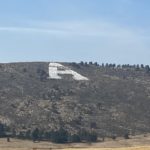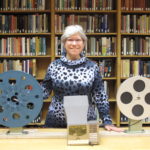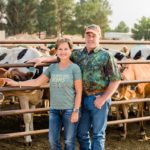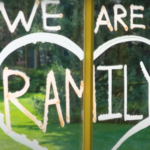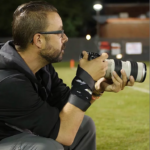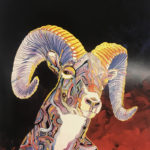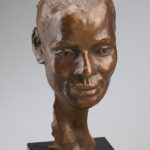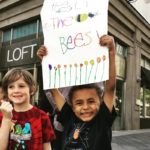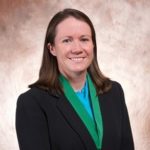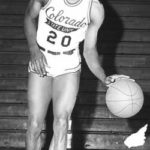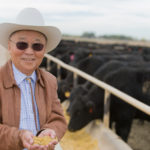By Ann Gill (M.A., ’76)

Omaha’s Henry Doorly Zoo and Aquarium is ranked by many organizations as one of the world’s best. So, how does a Colorado State University history major become its senior veterinarian and president of the American Association of Zoo Veterinarians?
Julie Napier (B.A., ’80) wanted to be a veterinarian since childhood, but she took a few detours before reaching that destination. After graduation, she worked in business. One key point in her journey occurred while she was a corporate manager of human resources at Disney during the time Disney’s Animal Kingdom was created. She “took that as a sign” and enrolled in some science courses that history majors tend not to choose as electives. Her next stop was to enroll in the doctor of veterinary medicine program at Iowa State.
Armed with a D.V.M. degree, Julie went into a clinical practice in Omaha. Later, she became a staff veterinarian at the Franklin Park Zoo and Stone Zoo in Boston. Her best story from those days is when a 300-pound gorilla named Little Joe escaped from his enclosure. He led police and zookeepers on a two-hour chase, during which he unfortunately injured a young girl and her babysitter, doing only minor damage to the pair. At some point in the chase, Little Joe sat down for a bit at a bus stop. He eventually was captured without further incident. Julie also worked at Potawatomi Zoo in South Bend, Indiana, prior to becoming the senior veterinarian at Omaha’s Henry Doorly Zoo and Aquarium in 2006.
 The zoo has a Center for Conservation and Research that informs its response to national and international conservation needs. Julie has participated in a number of these responses. She is working with hyenas, lions, and black-backed jackals in Botswana and has done conservation work in South Africa, Belize, and Madagascar. Closer to home, she’s worked with pronghorn antelope and bighorn sheep in Nebraska and Nevada, relocating animals due to overpopulation and disease exposure. She reports really enjoying this work, adding “I have always been a conservationist, motivated by watching movies about Africa when I was a child.”
The zoo has a Center for Conservation and Research that informs its response to national and international conservation needs. Julie has participated in a number of these responses. She is working with hyenas, lions, and black-backed jackals in Botswana and has done conservation work in South Africa, Belize, and Madagascar. Closer to home, she’s worked with pronghorn antelope and bighorn sheep in Nebraska and Nevada, relocating animals due to overpopulation and disease exposure. She reports really enjoying this work, adding “I have always been a conservationist, motivated by watching movies about Africa when I was a child.”
She plays an extraordinary number of professional roles. In addition to being senior veterinarian, she serves as the Zoo’s emergency preparedness program manager and as a veterinary advisor for several “Species Survival Plans,” specifically for Amur and generic leopards, tigers, and prehensile-tailed porcupines. Her appointment as president of the American Association of Zoo Veterinarians followed service as the organization’s secretary, vice president, and president-elect.
Julie enjoyed her time at CSU; she “loved the campus, the college, and the town” and retains friendships made while an undergraduate. Her professional achievements align with CSU’s values and mission; her research, service, and leadership benefit animals and humans in this country and around the world. Her outstanding career also demonstrates that a high-energy history major can do just about anything she sets her mind to do. We agree with the Zoo’s community engagement manager, who says of Julie: “She’s the best!”











